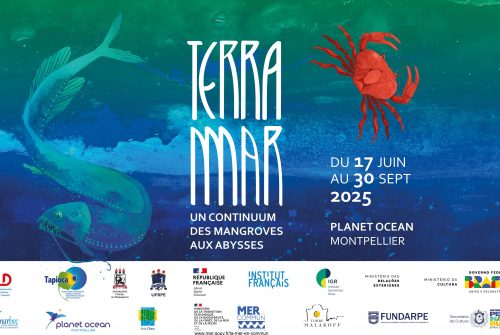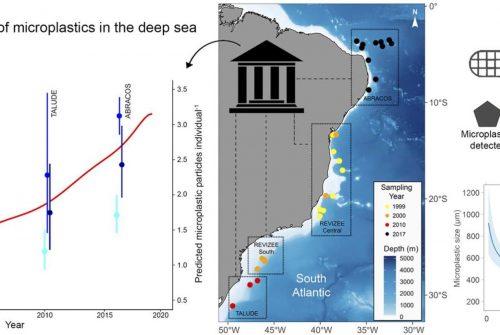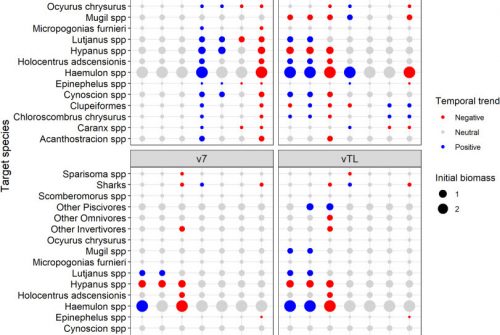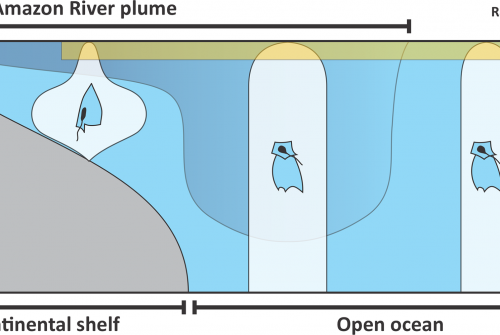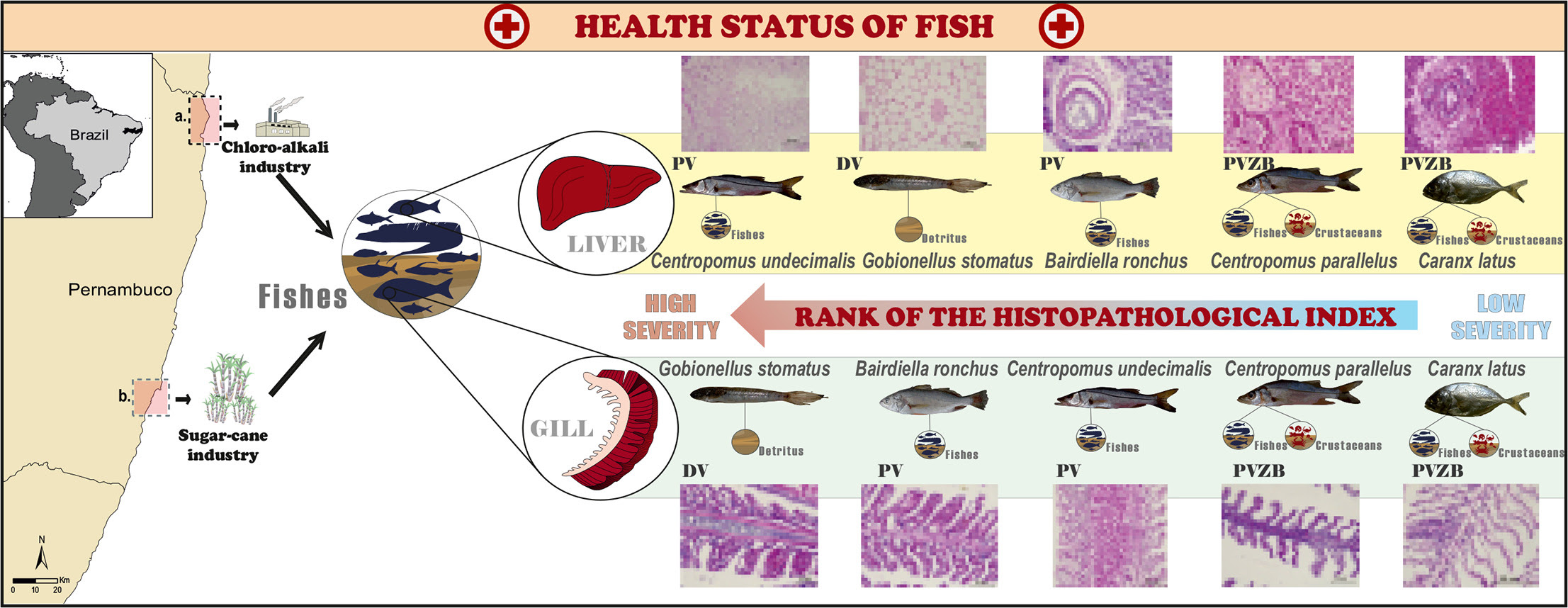
Estuaries in Brazil are mostly anthropically affected due to the discharge of industrial and domestic effluents. In two of them, the Santa Cruz Channel Estuary (ITAP) and Sirinhaém River Estuary (SIR), historically affected by mercury pollution and sugarcane industry in Northeast Brazil, we assessed environmental pollution using liver and gill histopathological biomarkers in fish from different trophic levels. Liver samples exhibited serious damages such as hepatic steatosis, necrosis, and infiltration. The gills showed moderate to severe changes, such as lifting of epithelial cells, lamellar aneurysm, and rupture of lamellar epithelium. Most of the changes in the liver and gills were reported for species Centropomus undecimalis and the Gobionellus stomatus, which were considered as good sentinels of pollution. The combination of biomarker methodologies was efficient in diagnosing the serious damage to the species, reinforcing the need for monitoring the health of the ecosystems evaluated.
DOI: /10.1016/j.marpolbul.2023.115095
Reference
Dos Santos, Í. G. S., Lira, A. S., da Silva Montes, C., Point, D., Médieu, A., do Nascimento, C. W. A., … & da Rocha, R. M. (2023). Revealing the environmental pollution of two estuaries through histopathological biomarkers in five fishes from different trophic guilds of northeastern Brazil. Marine Pollution Bulletin, 192, 115095.



